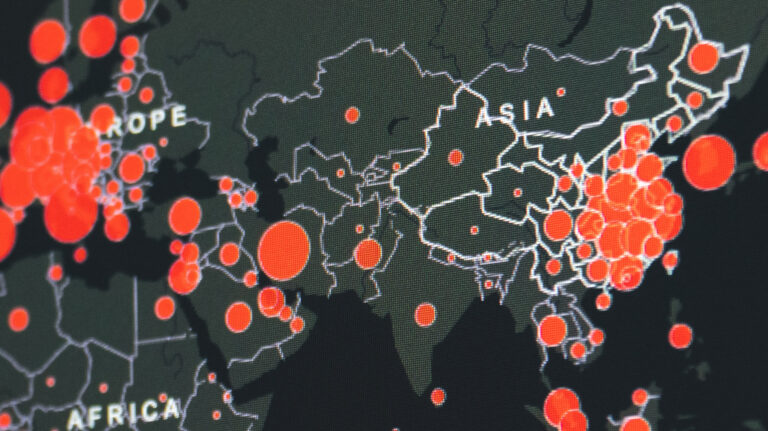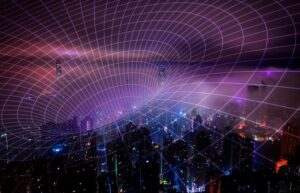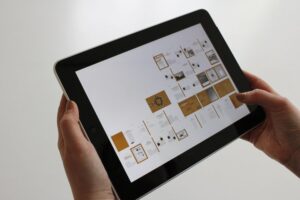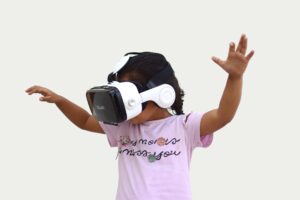Natural disasters are incredibly hazardous. They have a monetary cost but also often come with the risk of lost lives as well. While technology has improved to predict these events, researchers have yet to perfect it.
However, AI might be the next big thing in disaster forecasting. With its ability to learn and be re-taught, artificial intelligence shows a lot of promise in damage mitigation. But could it truly save us from natural disasters?
Teaching the Software With Data
Scientists are already anticipating how artificial intelligence could help predict natural disasters. One such model analyzed weather data over the past 40 years with less accuracy but much faster speeds. These forecasts can become more accurate with quicker evaluation times as programmers adjust and re-teach their models. Because of this learning potential, AI has the potential to notify the public of natural disasters with increasing certainty.
Artificial intelligence’s ability to gather and interpret large amounts of data will prove beneficial. Due to climate change, Earth’s weather has become much more unpredictable. In order for homeowners and businesses to prepare for natural disasters, they need to know when and where these events might happen. Researchers are also expanding AI to non-weather occurrences such as earthquakes and forest fires.
“Artificial intelligence forecasts can become more accurate with quicker evaluation times as programmers adjust and re-teach their models”
How AI Is Predicting Disasters
Once scientists have taught the program about these natural phenomena, it can learn what signs to look out for. With this, artificial intelligence can more accurately determine when disasters will strike and how dangerous they will be.
Flooding
In 2018, Google started implementing AI to predict floods in India. Since its launch, this program has now expanded to Bangladesh, allowing almost 250 million people to receive notifications about severe flooding. They used older and recently gathered data to teach their software how to recognize the signs of a potential disaster. Through research conducted with Yale, Google found that 65% of people who received notification of these floods did choose to prepare or evacuate.
Currently, they’re looking to expand to more of Bangladesh and get these alerts out faster. In 2020, they doubled their forecasting time, allowing people to make preparations for an extra day. Google is also informing these flood-affected areas of how much water is likely and where. As their AI learns, it can continue to give people accurate information about how floods might affect them.
“Google used older and recently gathered data to teach their software how to recognize the signs of a potential disaster.”
Earthquakes
A team of geoscientists has begun using machine learning to predict earthquakes. In a lab, their AI was able to accurately evaluate when so-called “lab quakes” would occur. Other experiments in Europe successfully replicated their findings.
Recently, Paul Johnson of the initial team of researchers published a paper on field testing slow-slip earthquakes in the United States’ Pacific Northwest. Their model could identify the start of these quakes days before they happen, and they hope for increasingly better results.
While there are some criticisms about trying to anticipate quakes, these scientists agree they’re just another form of natural phenomenon and their prediction should be no different.
Fires
Krisha Rao – a Ph.D. student at Stanford University – has developed AI to predict how much fuel a possible forest fire has. The software determines how wet a forest’s leaves are by using microwaves. If the satellite picks up a large number of waves reflected back by the leaves, then there is a lower risk of fire. His model has been tested in 12 U.S. states and has been around 70% accurate.
While every fire is unique, researchers hope AI can help. As the software continues to learn about different factors, its accurate prediction rate may go up.
“[Rao’s] model has been tested in 12 U.S. states and has been around 70% accurate [in determining the risk of a fire].”
Hurricanes and Tornadoes
Previous hurricane-forecast models have been inaccurate because of how complex they are. However, scientists at the Pacific Northwest National Laboratory may have found a way to use AI to measure these complexities more reliably. They taught their software about the connection between hurricane behaviour, wind speed, and water and air temperature. These researchers believe their model could predict how these storms will act as they are happening and as the climate changes.
In 2020, the National Center for Atmospheric Research began testing AI forecasting of tornadoes and hail. On both the east and west coasts, their model significantly improved the accuracy of traditional forecasts. Beyond predicting where the storms happened, their artificial intelligence determined whether they would produce more damage from hail or wind. It utilizes around 40 different atmospheric factors to find patterns and make its decision.
Using Artificial Intelligence to Forecast Natural Disasters
Current forecasting technology is reasonably reliable but can be improved. AI could be the very improvement it needs. Because it can analyze patterns and make predictions faster than humans, meteorologists and other scientists could use artificial intelligence to identify extreme weather before it happens more accurately. Its learning and re-learning abilities could save more people from natural disasters.










